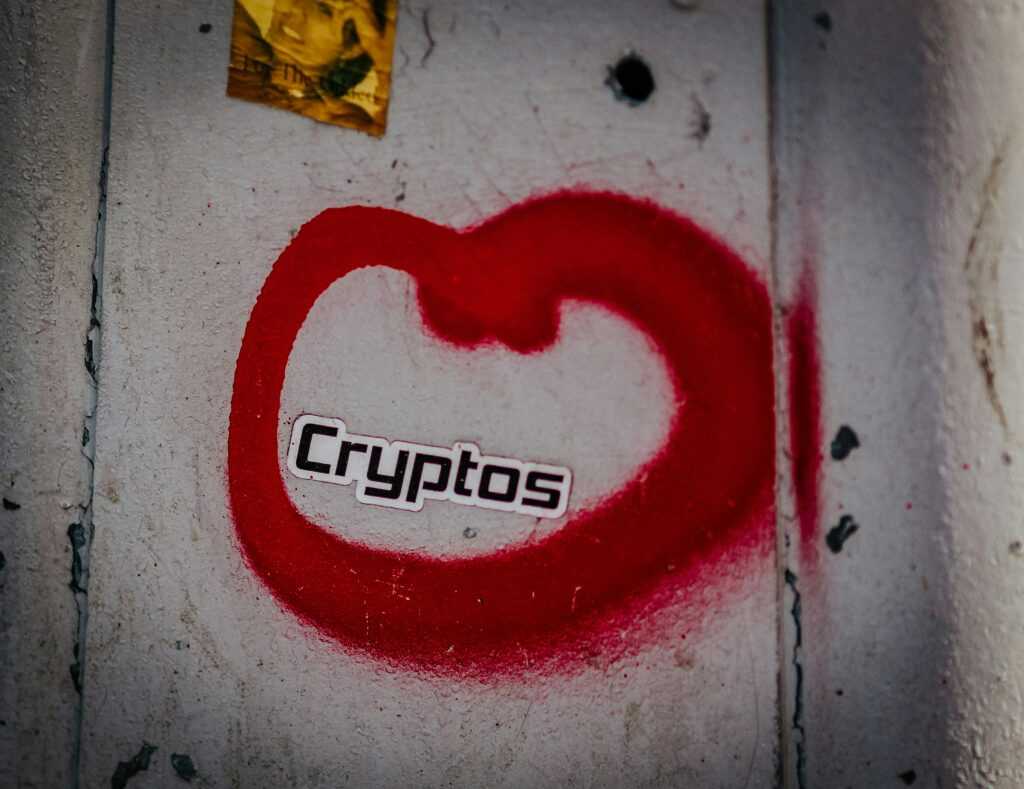Understanding Stablecoins
Stablecoins have emerged as critical instruments in the digital financial landscape.
Definition and Key Characteristics
Stablecoins are digital currencies designed to maintain a stable value by being pegged to reserve assets. These assets can include fiat currencies like the US dollar, commodities like gold, or even other cryptocurrencies. The peg mechanism ensures that the value of the stablecoin remains constant, mitigating the volatility commonly associated with traditional cryptocurrencies.
Key Characteristics of Stablecoins:
- Pegged Value: Stablecoins derive their stability by pegging to reserve assets (e.g., USD, gold).
- Low Volatility: The peg mechanism helps reduce price fluctuations, providing a stable medium of exchange.
- Transparency: Issuers often provide regular attestations or audits of the reserves backing the stablecoins.
- Blockchain-based: Leveraging blockchain technology ensures secure, transparent transactions.
- Liquidity: Stablecoins offer high liquidity due to their widespread acceptance in digital transactions and exchanges.
How Stablecoins Differ From Other Cryptocurrencies
Stablecoins significantly differ from other cryptocurrencies like Bitcoin and Ethereum in several key aspects.
- Volatility: Unlike Bitcoin, which experiences frequent price changes, stablecoins maintain a consistent value thanks to the pegged reserve assets.
- Purpose: Stablecoins primarily serve as a medium of exchange and store of value, while other cryptocurrencies often act as investment vehicles or protocol tokens.
- Reserves: Stablecoins are backed by tangible reserve assets like fiat or commodities. In contrast, cryptocurrencies like Bitcoin lack intrinsic backing.
- Usage: As stablecoins offer low volatility, they’re more suitable for day-to-day transactions and remittances, complementing other cryptocurrencies used for investment and speculative purposes.
The Evolution of Stablecoins
Stablecoins have undergone significant transformations since their inception, driven by advancements in blockchain technology and market demand.
Early Developments
The concept of stablecoins began in the early 2010s. Tether (USDT) emerged as the first stablecoin in 2014. Pegged to the US dollar, it offered a digital asset with reduced volatility.
Its primary goal was to enable seamless trading between cryptocurrencies and fiat currencies. However, concerns arose over transparency and regulatory oversight as Tether grew in popularity.
In 2018, other stablecoins like USD Coin (USDC) and TrueUSD (TUSD) entered the market. These coins also pegged to the US dollar, aimed to provide higher transparency and regulatory compliance. Audits and regular attestations became standard practices, increasing user trust and adoption.
Recent Innovations and Trends
Recent years have seen significant innovations in the stablecoin landscape. Algorithmic stablecoins, such as TerraUSD (UST), emerged. Unlike asset-backed stablecoins, these use smart contracts and algorithms to maintain their peg. Although innovative, they faced challenges when market conditions shifted.
Other advancements include the rise of multi-collateral stablecoins like DAI. Managed by MakerDAO, DAI is backed by a diversified pool of assets, enhancing stability and flexibility.
Additionally, central bank digital currencies (CBDCs) represent another trend. While not decentralized, they aim to offer the stability of government-backed currencies with the efficiency of digital transactions.
Stablecoins also saw increased integration into decentralized finance (DeFi). Platforms like Uniswap and Aave began offering stablecoin pools for lending and liquidity provisions, bolstering their use as reliable mediums of exchange.
Types of Stablecoins

Stablecoins provide financial stability in digital transactions by pegging their value to various types of backing assets. Let’s explore the main types.
Fiat-Collateralized Stablecoins
Fiat-collateralized stablecoins are backed by traditional currencies like the US dollar, euro, or yen. These stablecoins maintain a 1:1 ratio with the reserve currency held in financial institutions. Tether (USDT) and USD Coin (USDC) are prime examples.
They offer transparency through regular audits and ensure users can redeem digital assets for fiat currency at any time, enhancing trust and stability.
Crypto-Collateralized Stablecoins
Crypto-collateralized stablecoins are backed by a basket of cryptocurrencies rather than fiat money. This type provides greater decentralization and mitigates reliance on traditional banking systems. MakerDAO’s DAI exemplifies this category, using Ethereum as collateral.
Smart contracts automate the collateralization process, ensuring that these stablecoins maintain their peg even with cryptocurrency volatility. Users lock up crypto assets in a smart contract to generate stablecoins, adding a layer of security and flexibility.
Algorithmic Stablecoins
Algorithmic stablecoins rely on software algorithms and smart contracts to control supply and demand, maintaining their value.
These stablecoins use mechanisms like minting and burning to automatically adjust the circulating supply based on prevailing market conditions. TerraUSD (UST) and Ampleforth (AMPL) are key representations.
They don’t require collateral, reducing dependency on external reserves. Instead, they achieve price stability through market operations encoded into their algorithmic foundation.
Maintaining stability through diversified mechanisms, these categories of stablecoins cater to varying needs in the digital economy.
Use Cases and Applications
Stablecoins, combining low volatility and high liquidity, find practical use in several fields, enhancing digital transactions’ efficiency and trust. Some key applications include financial inclusion, international remittances, and DeFi and smart contracts.
Financial Inclusion
Stablecoins offer financial services to underserved populations, bypassing traditional banking. Large parts of the world lack access to banks, but stablecoins enable participation in the digital economy.
For example, individuals using only smartphones can save and transact securely without needing a bank account. According to the World Bank, 1.7 billion adults were unbanked in 2017, highlighting stablecoins’ impact potential for financial inclusion.
International Remittances
Traditional remittances often incur high fees and long processing times. Stablecoins reduce costs and improve speed. For instance, sending money across borders using stablecoins ensures near-instantaneous transfers with minimal fees compared to traditional methods.
The World Bank reported an average global remittance fee of 6.51% in Q1 2020, showing the need for more efficient alternatives like stablecoins.
DeFi and Smart Contracts
Decentralized finance (DeFi) platforms rely heavily on stablecoins. They provide liquidity and stability for various financial services, such as:
- lending
- borrowing
- trading
In smart contracts, stablecoins facilitate automatic, transparent, and tamper-proof transactions. DAI, a prominent example, supports numerous DeFi projects, offering a stable medium for transactions without relying on traditional banks.
The value locked in DeFi platforms exceeded $14 billion as of November 2020, illustrating stablecoins’ critical role.
Regulatory Landscape
Stablecoins have rapidly emerged as an intrinsic part of the cryptocurrency landscape, garnering attention from regulators worldwide. Regulatory frameworks are evolving to ensure stability and mitigate risks associated with these digital assets.
Current Regulations and Guidelines
Various countries have implemented differing regulatory approaches for stablecoins. In the US, the SEC and CFTC oversee aspects of stablecoin usage. The SEC focuses on securities regulation, while the CFTC governs derivatives.
The Financial Action Task Force (FATF) issued guidelines emphasizing anti-money laundering (AML) and combating financing of terrorism (CFT) measures. In the European Union, the proposed Markets in Crypto-assets (MiCA) regulation aims to unify and standardize rules across member states.
Future Regulatory Considerations
Future regulations may further refine stablecoin classifications and their operational frameworks. Governments might explore issuing their own central bank digital currencies (CBDCs) to compete with or complement stablecoins.
Regulatory bodies could enhance requirements related to transparency, reserve management, and consumer protection. As stakeholders discuss global standards, cross-border regulatory cooperation will be critical to harmonizing practices and fostering innovation.
Benefits and Challenges
Stablecoins’ significance lies in their ability to combine cryptocurrency advantages with traditional financial system stability.
Advantages of Using Stablecoins
Stable Value: Stablecoins provide consistent value, unlike volatile cryptocurrencies such as Bitcoin and Ethereum. This stability encourages users to adopt them for everyday transactions.
Low Fees: Cross-border payments using stablecoins bypass traditional banking fees and delays. For example, remittance fees drop significantly when using stablecoins versus conventional methods.
Financial Inclusion: Stablecoins offer financial services to the unbanked population. Individuals without access to traditional banking systems can easily access and use stablecoins.
Integration with DeFi: Stablecoins play a crucial role in decentralized finance (DeFi) ecosystems. They provide liquidity and enable smart contracts, enhancing DeFi platform functionality.
Transparency: Most stablecoins operate on public blockchains, allowing for transparent audits. Users can verify transactions and monitor the underlying assets.
Potential Risks and Limitations
Regulatory Uncertainty: Governments and regulators have yet to establish a consistent framework for stablecoins. This uncertainty poses risks to both issuers and users.
Centralization: Fiat-collateralized stablecoins can be centralized, relying on a single entity to maintain reserves. This contradicts the decentralized ethos of blockchain technology.
Counterparty Risk: Issuers’ ability to manage underlying assets introduces counterparty risk. Users must trust that issuers hold sufficient collateral.
Technology Reliance: The stability and functionality of stablecoins depend on technology. Smart contract vulnerabilities or blockchain failures can jeopardize stablecoins.
Limited Adoption: While growing, stablecoin adoption remains limited compared to traditional financial systems. Broader acceptance requires overcoming infrastructure and regulatory hurdles.
Linking stablecoins’ benefits and challenges to broader applications and regulatory landscapes helps understand their rising importance. This balance showcases stablecoins’ potential to revolutionize finance while also illustrating inherent limitations.

 Ricky Morenolendez is a key contributor at The Digi Chain Exchange, recognized for his deep expertise in cryptocurrency and blockchain technology. With years of experience in analyzing market trends and providing actionable insights, Ricky has become a trusted voice in the crypto space. His work focuses on helping investors understand the nuances of digital assets, from Bitcoin to emerging altcoins. Ricky’s dedication to educating the community on market strategies and crypto developments has made him an invaluable asset to The Digi Chain Exchange team.
Ricky Morenolendez is a key contributor at The Digi Chain Exchange, recognized for his deep expertise in cryptocurrency and blockchain technology. With years of experience in analyzing market trends and providing actionable insights, Ricky has become a trusted voice in the crypto space. His work focuses on helping investors understand the nuances of digital assets, from Bitcoin to emerging altcoins. Ricky’s dedication to educating the community on market strategies and crypto developments has made him an invaluable asset to The Digi Chain Exchange team.

